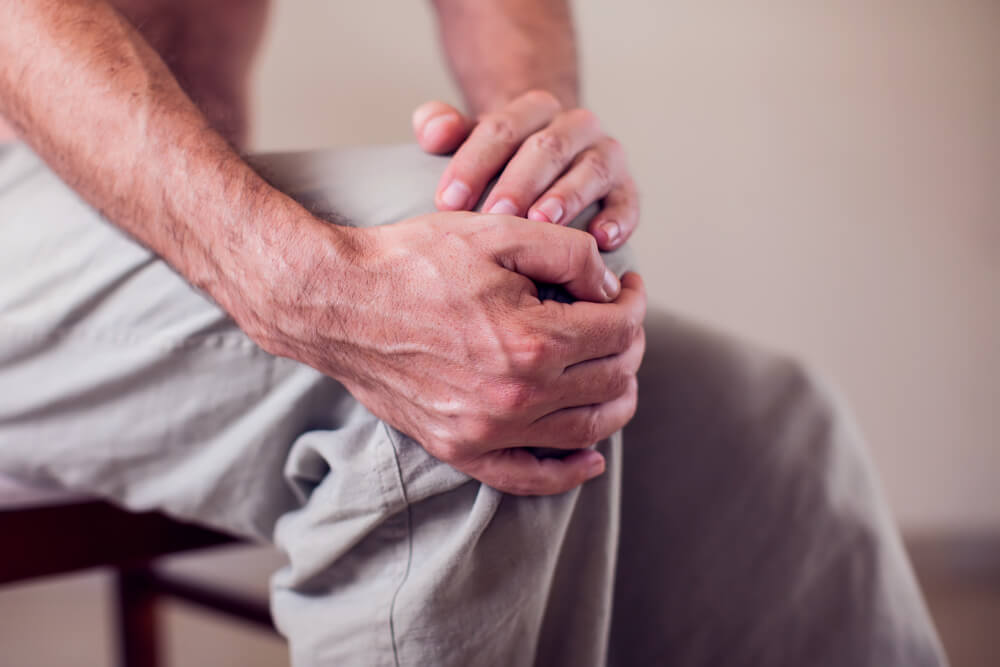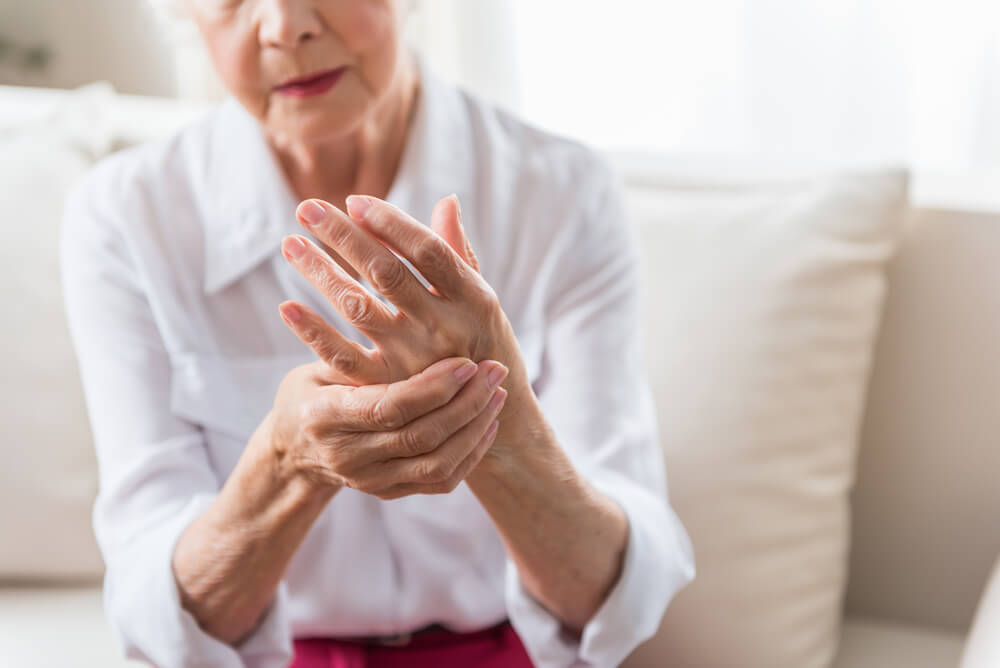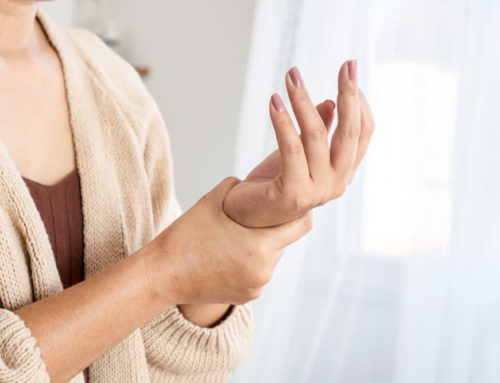Arthritis is a serious inflammation of the joints that can cause crippling joint pain. Unfortunately, over 50 million adults and 300,000 children are affected by this condition in the United States.
Believe it or not, there are over 100 different types of arthritis and linked conditions. This article will explore the six main types of arthritis, including gout and psoriatic arthritis.
If you notice early signs of the condition or have questions about the different types of arthritis, we recommend consulting primary care physicians in Hialeah Fl. This way, you’ll get the best advice, expert screening, and the top treatment.
With that in mind, let’s see what the facts show about the different types of arthritis, the common symptoms of each type, how to reduce your risk, and how to reduce symptoms.
Let’s begin.
What is Arthritis and Why is it Relevant?
In simple terms, arthritis is the tenderness or swelling of the joints. Some of the main symptoms associated with arthritis are stiffness and joint pain that can worsen as the afflicted person grows older. Rheumatoid arthritis and osteoarthritis are the most prevalent types of this condition.
The first type, rheumatoid arthritis, refers to the condition in which the person’s immune system attacks the lining of the joints. In comparison, the latter type causes the slippery and hard tissue that shields the ends of the bones (the cartilage) to come apart.
Contrary to popular belief, arthritis does not only affect seniors. In reality, all people, no matter their age, sex, or race, can have arthritis. In fact, arthritis is the number one cause of disability in the United States.
Apropo, if you have any questions and doubts about the different types of arthritis, consult with your internal medicine practitioner for expert advice.
The Different Types of Arthritis

To find the best management strategies and the top-level treatment, you’ll need to determine which type of arthritis you are dealing with. Below, we’ve compiled a list of the top six types of arthritis to be aware of.
Rheumatoid Arthritis or RA
As hinted before, rheumatoid arthritis is a common type of this disease. It’s an autoimmune illness in which the person’s body attacks the tissues of the joints. Some of the most frequent symptoms of rheumatoid arthritis include joint pain, morning stiffness, and possible joint deformities. A patient with RA can also develop symptoms in other parts of the body, such as the skin, lungs, heart, and eyes. It’s also common that people with rheumatoid arthritis suffer from a condition called Sjögren’s syndrome, that’s associated with having a severely dry mouth and eyes.
Other symptoms of rheumatoid arthritis include:
- Rheumatoid nodules beneath the skin and close to the joints (for example the elbows)
- Having difficulties sleeping
- Warmth, tingling, numbness, and burning sensations in the feet and hands
Juvenile Arthritis or JA
Juvenile arthritis includes a few types of arthritis that affect the youth, typically children below the age of 16. It can lead to:
- Eroding bones
- Misaligned joints
- Soft tissue and muscle tightness
- Changed growth patters
- Some forms of juvenile arthritis include the Kawasaki disease, juvenile lupus, and juvenile scleroderma.
If you suspect your child has juvenile arthritis, immediately consult professionals like Carreras medical center. This way, you can begin with treatment early.
Psoriatic Arthritis
People with psoriasis, a skin condition that causes red patches and silvery scales, can also have psoriatic arthritis. The majority of patients develop the skin condition years before psoriatic arthritis diagnosis. However, some patients may experience joint issues before noticing the red skin patches.
The main symptoms and signs of psoriatic arthritis include swelling, stiffness, and joint pain. Any body part can be affected by this type of arthritis, including the spine and the fingertips. Without expert treatment, this type of arthritis may be disabling.
Osteoarthritis or OA
Osteoarthritis is the most prevalent type of this illness. Sometimes OA is referred to as “wear and tear” arthritis or degenerative joint disease. Typically, OA occurs in the knees, hips, and hands. Similar to the different types of arthritis, OA can cause swelling, stiffness, reduced range of motion or flexibility and joint pain. In some cases, patients with OA cannot function normally at work or in everyday life.
Gout
Gout is a very complex and common arthritis form that can develop in anybody. Some of its symptoms include tenderness in the joints, swelling, severe attacks of pain, and swelling (typically in the person’s big toe). In addition, a person with gout can have pain attacks that may disrupt sleep.
Some factors that increase a person’s chances of developing gout include an unbalanced, unhealthy diet rich in sweetened beverages and red meat (these increase uric acid levels) and certain medical conditions such as obesity and diabetes.
Lupus
This severe autoimmune illness is also called systemic lupus erythematosus (or SLE). Typically it affects the person’s joints, but it can also spread to different organs in the body. Some symptoms associated with lupus include fatigue, headaches, swollen and painful joints, swelling in the legs, feet, hands, mouth sores, hair loss, rashes, anemia, chest pain, and sun sensitivity.
Females of childbearing age have a higher chance of suffering from lupus than males. Also, African-American women are at higher risk.
How Can I Reduce My Risk of Arthritis?
Unfortunately, in some cases, there is no way to prevent arthritis. In some instances, family history, age, and gender may put you at higher or lower risk of the disease. Luckily, there are some habits that you can implement today to reduce your risk of painful joints as you age. These include:
- Managing your weight
- Eating Omega-3s such as walnuts, chia seeds, flaxseed, fortified eggs, fish oil, cod liver oil, and algae oil
- Getting regular exercise to strengthen joints
- Stretch often
- Avoiding injury (during sports or accidents)
- Protecting your joints when weight lifting, squatting, and climbing stairs
- Quitting smoking (also lowers your risk of lung disease and cancer)
- Watching your blood sugar
Also, if you want to reduce your risk of arthritis or manage symptoms effectively, we advise you to see a doctor several times per year. This way, if you have the condition, you can get diagnosed earlier, thus boosting your chances of alleviating the symptoms.
How Can I Treat the Symptoms of Arthritis?

One of the best ways to alleviate arthritis symptoms is to consult with a healthcare professional. Only an expert can give you the best advice tailored to the type of arthritis and your unique lifestyle.
With this in mind, some common forms of treating symptoms include:
- Medications such as steroids, NSAIDs, counterirritants, and disease-modifying antirheumatic drugs or DMARDs
- Physical therapy to improve flexibility and to strengthen the muscles around the joints
- Surgery such as joint replacement, joint fusion, and joint repair
Your doctor will determine which method of treatment is best for you.
Consult with Specialists Today
Arthritis can be crippling and energy-draining. Luckily, our team of skilled professionals is here to help you boost your quality of life. We understand your concerns. If you are ready to tackle arthritis, book an appointment with us now.



